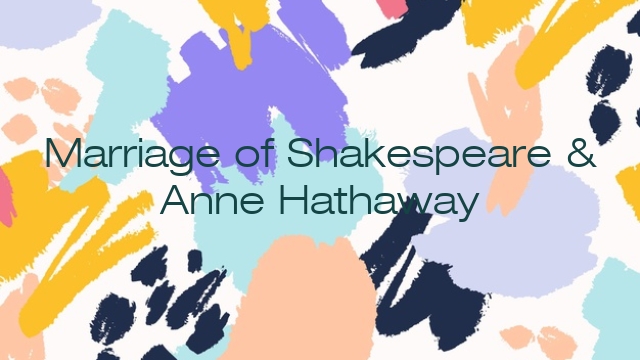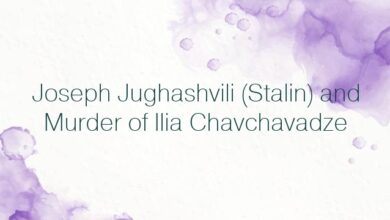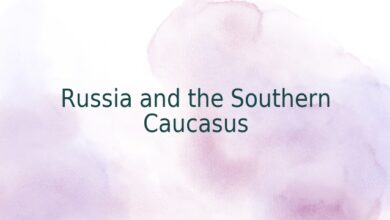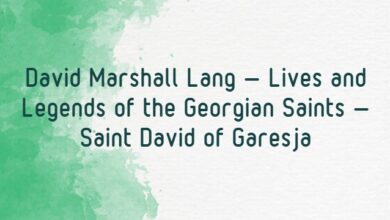
THE COURTSHIP! A SCANDAL!
Anne Hathaway lived in a small village called Shottery and Stratford-upon-Avon would have been the nearest town, only 1 mile away, with shops and a market
She was the daughter of Richard Hathaway, one of eight children, who lived in a farmhouse called Hewland Farm in Shottery
Anne would not have attended any school and was therefore illiterate. She would have seen marriage as an important event – when she met William Shakespeare she was 25/26 years old and probably was viewed as being ‘left on the shelf’ – but she did have a dowry! A dowry consisted of money, goods, and/or property that an Elizabethan woman might bring to a marriage
William must have been only 17/18 years old when he courted Anne – she was 8 years older!
Anne became pregnant prior to their marriage! A Scandal! Gossip! The Shakespeare and Hathaway families must have been furious! Hasty arrangements must have been arranged for the marriage
MARRIAGE ARRANGEMENTS – PERMISSION FROM THE BISHOP!
The age of consent for marriage was 21 (and boys would generally not marry until they had reached this age) As William was only 18 he would have needed his father’s permission to marry!
There were no Registry Office marriages or marriages conducted by a Justice of the Peace. Everyone was married in Church
Problem! William and Anne needed to get married as quickly as possible! Their intention to marry had to be announced in the church 3 times on three consecutive Sundays or Holy days – this is called Crying the Banns. Reading the Banns allowed time for any objections to be raised or pre-contracts to be discovered
A marriage would not be legal if the Banns were not read! This would mean a delay to the wedding! But there was an alternative, faster way than reading the Banns! Permission from a Bishop!
A sworn statement confirming that there were no pre-contracts and the marriage would be lawful was presented to the Bishop of Worcester!
The Bishop of Worcester then issued a Marriage Bond, confirming that the marriage would be lawful
The Marriage Bond was presented at the local church. This meant that only one reading of the Banns was required!
THE MARRIAGE – THE LEGAL BIT! THE MYSTERY! THE CONFUSION!
There are two documents regarding the marriage – but the names conflict!
There are 2 different entries mentioned in the Episcopal Register at Worcester on November 27th 1582 and November 28th 1582
The entry on 27th November refers to the marriage of “Wm Shaxpere et Annam Whateley de Temple Grafton”
The entry on 28th November refers to the marriage of “William Shagspeare and Anne Hathwey”
Ann Whateley or Anne Hathwey? Was there a mystery? Was William involved with two different women? Or was this simply an Admin error?
Various spellings were used at the time – there were at least 16 different spellings of Shakespeare including Shakspere, Shakespere, Shakkespere, Shaxpere, Shakstaff, Sakspere, Shagspere, Shakeshafte and even Chacsper! Shakespeare always signed himself as “Shakspere”
THE WEDDING! ELIZABETHAN MARRIAGE CUSTOMS
William Shakespeare and Anne Hathaway were married at Temple Grafton, a small village five miles (8 km) from Stratford-upon-Avon
There are no details of their actual wedding but we do know a little about the marriage and wedding customs of people, similar in social standing to William Shakespeare, during the Elizabethan era
No Wedding invitations were sent – people were told about the marriage and just turned up!
The bride did not wear white – she would wear her best gown. Nobility wore expensive Velvet, Satins and Corduroy common folk wore gowns made of Flax, Cotton and wool. The necks and cuffs of gowns were decorated with silk or linen ruffs. A shift, or chemise, would be worn beneath the gown
The bride would carry flowers and might also wear flowers in her hair
The bride’s hair would have been worn loose (once married it had to be hidden beneath a bonnet!)
There would be bridesmaids who would wear similar clothes
The bridegroom wore his best clothes consisting of a doublet, breeches, hose, neck ruff and a cod piece
Gifts were occasionally given to the Bride and Groom
There were wedding processions when the couple would be accompanied to Church by the guests – music would be played
The Church ceremony was a sombre affair – there were no seats in churches – everyone stood!
There were wedding feasts! Lots of food and lots of wine!
AFTER THE MARRIAGE!
After their marriage Anne left her home at Hewland Farm to live with William Shakespeare
They moved into the house in Henley Street, Stratford-upon-Avon owned by William’s father
They shared the living quarters with Shakespeare’s parents and his brothers and sisters
William Shakespeare would have received Anne’s dowry from her father, Richard Hathaway





